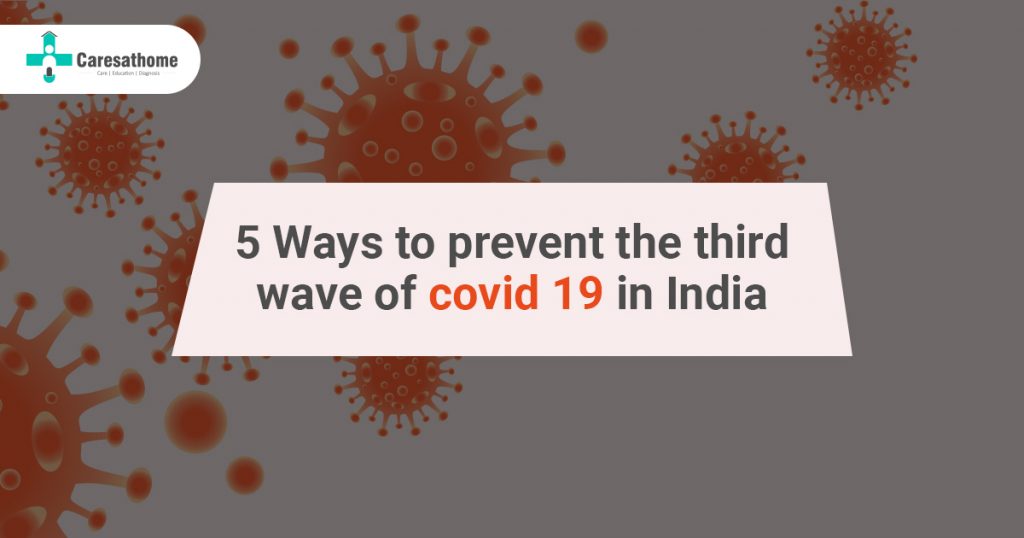5 Ways to Prevent the Third Wave of COVID-19 in India
As India continues to battle the COVID-19 pandemic, the possibility of a third wave has raised concerns among health experts and the public. The country has already faced devastating waves of the virus, and while vaccines are proving effective, the emergence of new variants and potential complacency can threaten the progress made in containing the virus. Preventing the third wave requires collective effort, vigilance, and responsible behavior from every individual. Here are five key ways to help prevent the third wave of COVID-19 in India:
1. Vaccination for All
Vaccination is the most crucial defense against COVID-19. As more people get vaccinated, the chances of widespread transmission decrease, and the severity of infections is significantly reduced. To prevent the third wave, India must focus on vaccinating as many individuals as possible, especially in rural areas where vaccine hesitancy and access can be an issue. Everyone who is eligible must get vaccinated, and booster doses should be administered as required to maintain immunity. The faster and more efficiently the population is vaccinated, the lesser the chances of a severe outbreak.
2. Strict Adherence to COVID-Appropriate Behavior
While vaccines play a key role in preventing severe illness, personal responsibility remains critical. Continuing to follow COVID-appropriate behaviors, such as wearing masks, maintaining physical distancing, and regularly sanitizing hands, can prevent the spread of the virus. The third wave can be avoided if people do not let their guard down. Public spaces, workplaces, and crowded areas are particularly risky, so individuals must be vigilant and avoid unnecessary gatherings.
3. Rapid Testing and Contact Tracing
Early detection of COVID-19 cases can help contain the virus before it spreads rapidly. Regular and widespread testing should be conducted, especially in high-risk areas, and immediate isolation of suspected cases should be implemented. Contact tracing allows authorities to identify and quarantine those who have been exposed to the virus. An efficient testing and tracing system ensures that new cases are quickly identified and managed, minimizing the risk of a third wave.
4. Effective Surveillance and Monitoring of Variants
The emergence of new variants of COVID-19, including the Delta and Omicron variants, has shown how mutations can lead to increased transmissibility and potentially more severe illness. To prevent the third wave, it is essential for health authorities to continuously monitor and track the spread of these variants. Genome sequencing and surveillance at the local and national level can help detect any new variants early, allowing for quick action to prevent outbreaks. Strict border controls, testing of travelers, and rapid isolation of hotspots can limit the spread of more contagious strains.
5. Public Awareness and Government Support
Public awareness campaigns are essential to ensure that people understand the ongoing risks and the importance of continued precautions. Clear communication about the benefits of vaccination, the dangers of COVID-19 variants, and the need for maintaining safety protocols is vital. Additionally, the government must provide support by ensuring sufficient healthcare infrastructure, oxygen supplies, and hospital beds in anticipation of potential surges. Local and state authorities should be prepared to implement containment strategies, such as localized lockdowns or travel restrictions, if necessary.
Conclusion
Preventing the third wave of COVID-19 in India requires a multi-pronged approach involving vaccination, adherence to safety measures, rapid testing, vigilant monitoring of variants, and robust public health systems. By collectively playing our part—getting vaccinated, staying informed, following safety guidelines, and supporting healthcare infrastructure—we can reduce the risk of a third wave and move closer to a post-pandemic India. It is a shared responsibility that requires commitment, unity, and continued caution in the face of ongoing challenges. Together, we can prevent the third wave and protect the health and safety of our communities.

